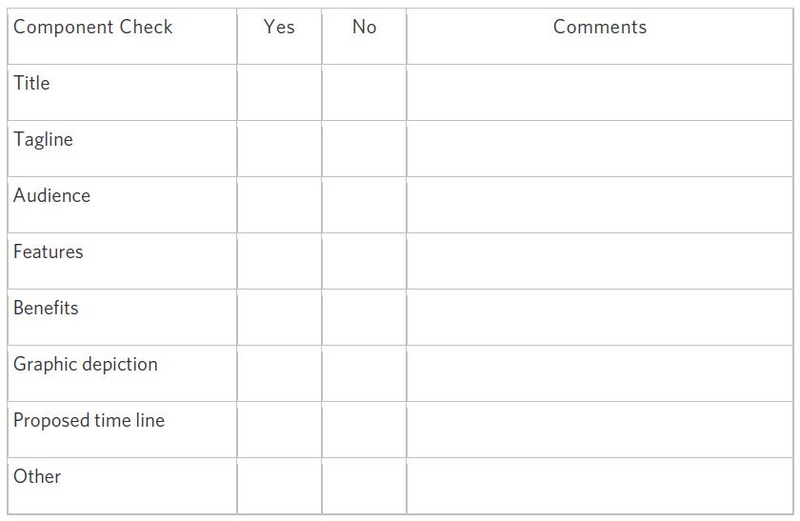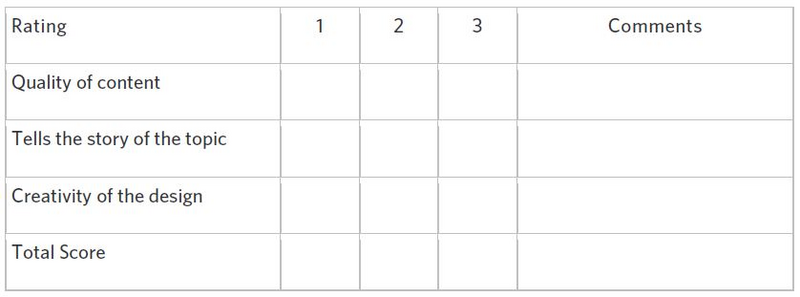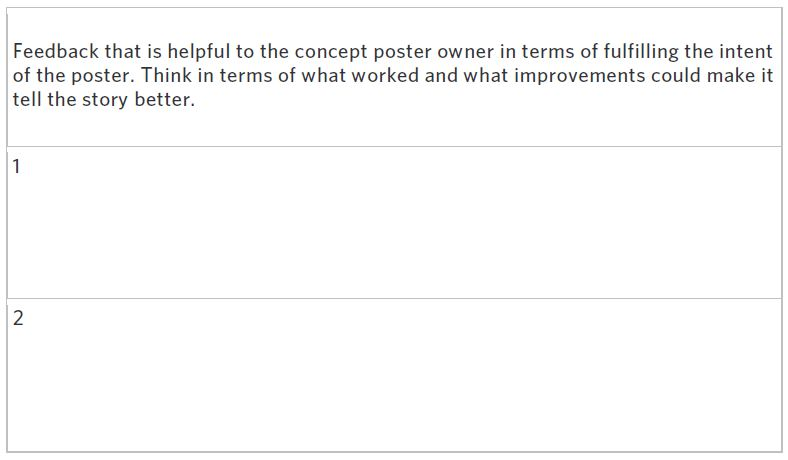ATD Blog
Concept Posters: Incorporating Brain-Aware Methods into the Curriculum
Thu Sep 10 2015

During a recent ATD online course, Essentials of Brain-Based Learning, the instructor, Margie Meacham, shared ideas for brain-aware activities that support engagement, retention, and application. The large group divided into small breakouts to delve further into how these activities, such as flash cards, graphic organizers, and videos, are actually used in their respective organizations. Back in the large group discussion for sharing excellent practices, one participant mentioned a technique that had not been discussed: concept posters.
Concept posters are a staple for ATD Forum labs and sessions at the ATD International Conference and Exposition. Generally, they are customized and adapted for both the theme and the approach. They were also used during the 2014 ATD Forum Fall Lab at Cochlear in Centennial, Colorado, where the theme was The Suite Spot: Developing Agile and Innovative Leadership. Sample concept posters are provided based on this session.
The purpose of a concept poster, a human-centered design method, is to concisely and visually convey the essence of a concept, idea, or point of view for the purpose of gaining support for implementation. It can serve as part of a business case to move an organization from the current state to a future state because it is a visual pitch story. The tool graphically conveys a compelling point of view; thereby, promoting a shared vision within a group. Additionally, concept posters help groups obtain buy-in from decision makers and provide a roadmap for moving forward.
Developing Concept Posters
Because the brain processes images faster than words, you can convey ideas much more succinctly in this graphical manner. The active physical engagement (doing) of the participants also contributes to neural connections.
When facilitating the development of a concept poster, set the context by demonstrating how the concept poster can distill of a lot of information into its core essence by using a compelling graphic and a few words. The primary rules for a concept poster include being self-explanatory and visual. Using a blank large sheet of paper, the facilitator can sketch a quick outline of where elements might appear on the poster or show an example. Some of the components might include the following:
title for initiative
tagline for initiative
primary stakeholders
key features
primary goals
timeline for implementation
benefits of the initiative
sketch or diagram the idea.
Easel size paper is ideal for sharing and communicating with others. While a concept poster can be either an individual or small group activity, it can be completed in 15-30 minutes. Once completed, feedback on how others understood and received the message is extremely valuable. In some Forum labs we have added a formal process for reviewing and feedback. Having other participants use questions to get further clarity can be meaningful and helpful. For this feedback process we place the posters on the wall and let another group use a “check list” and discussion to assess the poster for clarity and meaning.
Here are some resources to assist with developing a concept poster.



Like all new activities, sometimes it is more effect to “just do it” and not introduce it as a “concept poster method for the human-centered design toolkit.”
Resources
Innovating for People: Handbook of Human-Centered Design Methods. LUMA, 2012.
“Concept Poster Session” by Gamestorming Blog.
“Inside the Learning Brain” by Nick Van Dam. T+D, April 2013.
“Tool: Business Design Concept Poster” by Noise Between Stations Blog.
“Speed of Processing in the Human Visual System” by S. Thorpe, D. Fize, and C. Marlot. Nature, 1996, Volume 381.
Effectiveness of Visual Language, Wharton School of Business Infographic.
You've Reached ATD Member-only Content
Become an ATD member to continue
Already a member?Sign In
More from ATD
